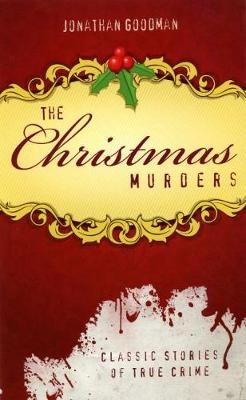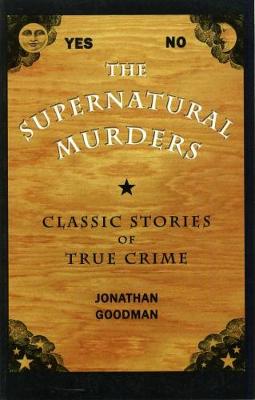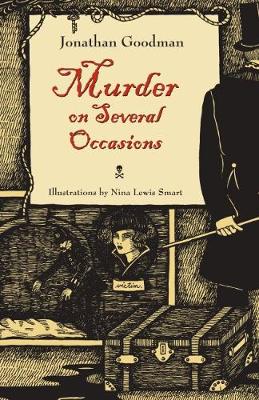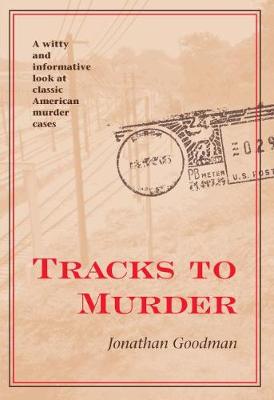True Crime History
5 total works
Here are ten murder cases of "the old-fashioned sort"-evoking a nostalgia more obviously associated with fiction-that all took place during the festive period from mid-December to Twelfth Night between 1811 and 1933. The settings of these grisly tales range from the Knickerbocker Athletic Club in New York (where a gentleman named Molineux provided a drastic cure for hangovers by putting cyanide in a gift-wrapped bottle of Bromo Seltzer) to an apartment in Glasgow (home of a wealthy Scotswoman whose demise seemed to have been satisfactorily explained by local constables, until Arthur Conan Doyle assumed the role of Sherlock Holmes) and from a builder's workshop in North London (site of a murder committed by a man called Furnace, who suited his criminal action to his name) to the elegant dwelling of a menage a trois near the Thames (scene of a puzzling poisoning that, years later, Raymond Chandler tried, unofficially, to solve).
In The Christmas Murders, Jonathan Goodman has collected stories as fascinating and compulsively readable as one would expect from a writer described by Jacques Barzun as "the greatest living master of true-crime literature" and by Julian Symons as "the premier investigator of crimes past."
Using original sources, Jonathan Goodman re creates Wallace's trial, witness by witness. Through his meticulous reconstruction, it becomes evident that the police and the medical examiner went out of their way to twist and even manufacture evidence. Their attention to proving Wallace guilty ignored a lead to a likely suspect given to them by Wallace. The man was a fellow insurance agent, whom Goodman identfies in the book as Mr. X. The police ignored the suggestion.
In 1969, when The Killing of Julia Wallace was first published in the United Kingdom, Goodman had picked up on the lead the police disregarded. As a result, he was convinced that Wallace was unjustly convicted. In 1981 Goodman revealed the name of the suspect, who was by then deceased. The suspect had a long record of criminal charges that had been dropped or dismissed due to his family connections-his father and uncle were local officials; his father's secretary was the daughter of the police superintendent.
True crime fans will welcome the return of this classic unsolved mystery by the inimitable Jonathan Goodman.




